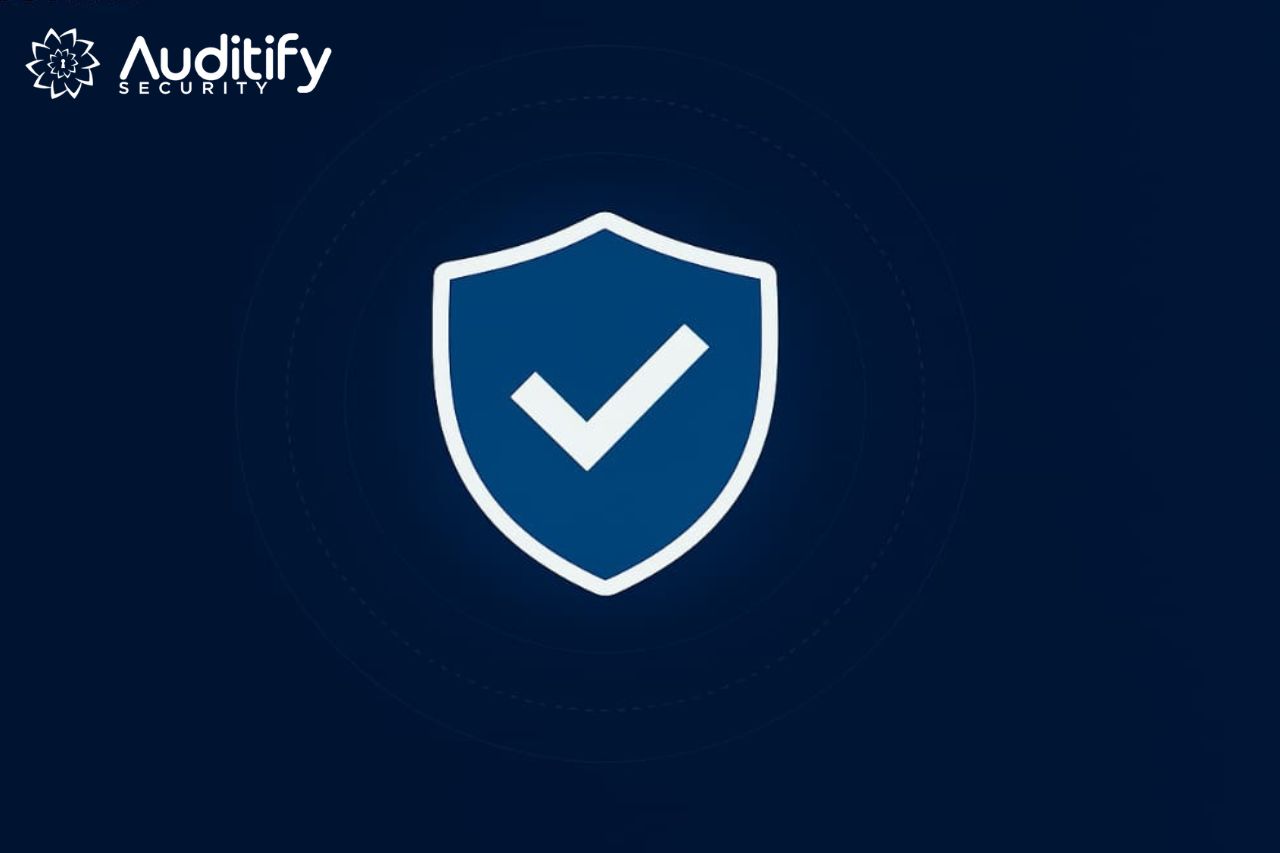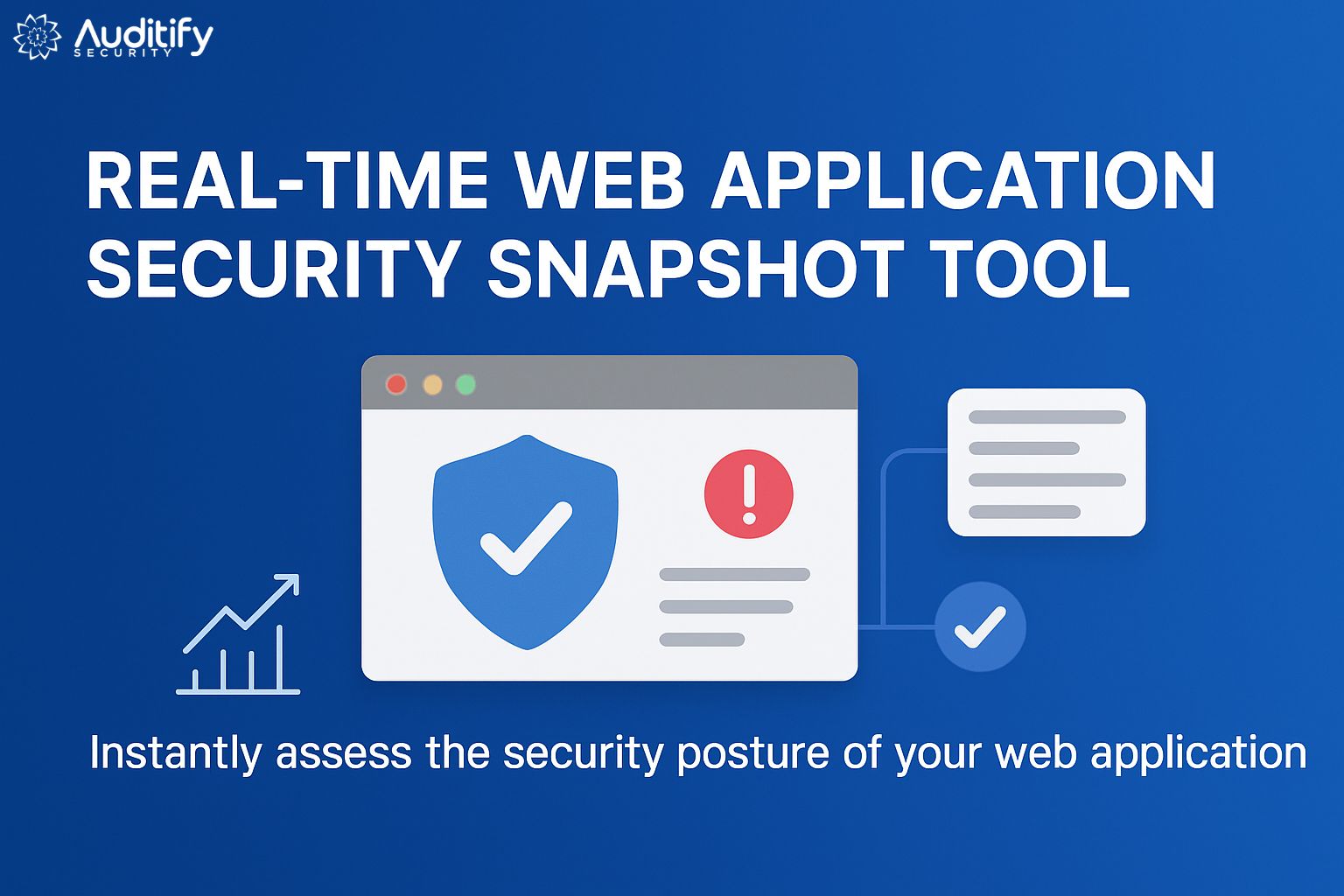Go behind the scenes of a successful SOC 2 audit with Auditify Security. Learn the key differences between SOC 2 Type 1 and Type 2 compliance, how to meet SOC 2 compliance standards, and what it really takes to build trust through security and operational excellence.
In today's digital-first world, earning customer trust isn't just about offering a great product—it's about proving your organization can safeguard sensitive data. That’s where SOC 2 audits come in. If you're preparing for your first audit or aiming to renew your report, understanding what happens behind the scenes is key.
At Auditify Security, we've helped hundreds of clients streamline their audit journeys with precision and clarity. In this blog, we’ll break down the behind-the-scenes elements of a successful SOC 2 audit, focusing on SOC 2 Type 1 and Type 2 compliance, along with the SOC 2 compliance standards that guide the process.
Step 1: Laying the Foundation – Understanding SOC 2 Type 1 Compliance
Before diving into the actual audit process, organizations must first meet the requirements for SOC 2 Type 1 compliance. This type of audit assesses the design of your internal controls at a specific point in time. It’s often the first step for companies beginning their SOC 2 journey.
At Auditify Security, we start with a readiness assessment to determine if your controls align with the Trust Services Criteria (TSC)—security, availability, processing integrity, confidentiality, and privacy. Here’s what goes on behind the scenes:
Risk Assessment: We work with you to identify the biggest threats to your customer data and how your current controls address them.
Control Design Review: Are your policies and procedures appropriately designed? Are access controls, encryption practices, and incident response protocols well-documented?
Documentation and Evidence Collection: For Type 1 compliance, you need to demonstrate that controls exist—not necessarily that they’ve been operating over time.
This phase is about strategic planning. It sets the tone for a smooth audit and is crucial in earning stakeholder confidence. Companies that prepare thoroughly for SOC 2 Type 1 are better positioned for the more intensive Type 2 assessment.
Step 2: Long-Term Commitment – The Road to SOC 2 Type 2 Compliance
Once your controls are in place and working as intended, the next challenge is demonstrating that they operate consistently over time. That’s where SOC 2 Type 2 compliance comes into play.
SOC 2 Type 2 audits evaluate the operational effectiveness of your controls over a defined period—usually between three to twelve months. Behind the scenes, this process is more rigorous and demands ongoing coordination across your technical, legal, and HR teams.
Here's what that typically includes:
Continuous Monitoring: Auditify Security helps clients implement monitoring tools that track and alert any deviations from approved security practices.
Evidence Sampling: Your auditor will randomly sample logs, system access records, and security incident reports to ensure compliance throughout the review period.
Employee Training and Consistency: One of the most overlooked aspects is making sure staff consistently follow security protocols—especially during onboarding, offboarding, and access requests.
Unlike the Type 1 audit, the Type 2 audit proves that your company walks the walk—not just talks the talk. Successful organizations treat this as more than a checkbox—it’s a culture of security and accountability.
Step 3: Aligning with SOC 2 Compliance Standards – The Pillars of Trust
All SOC 2 audits—both Type 1 and Type 2—are grounded in the SOC 2 compliance standards, known officially as the AICPA Trust Services Criteria. These standards are not just technical checklists; they are business philosophies that define how trustworthy your company is when handling data.
At Auditify Security, we emphasize aligning your processes to these key principles:
1. Security
This is the only required criterion. It ensures systems are protected against unauthorized access. Controls include firewalls, multi-factor authentication, and vulnerability management.
2. Availability
This pertains to system uptime and performance. SLAs, disaster recovery plans, and incident response protocols fall under this domain.
3. Processing Integrity
Accuracy and completeness in processing data are essential. This standard covers everything from order processing systems to financial transactions.
4. Confidentiality
Can you restrict access to sensitive business data appropriately? Secure data disposal and role-based access controls are key here.
5. Privacy
This covers personal information collection, use, retention, disclosure, and disposal practices.
Achieving alignment with these standards means more than passing an audit. It means establishing a framework of trust that customers, partners, and regulators can rely on.
Behind the Curtain: Auditify Security’s Role in Your Success
While the audit report is the final deliverable, the real work happens in the months leading up to it. Auditify Security acts as a hands-on partner, managing everything from gap assessments to remediation support and auditor coordination.
Here’s what sets us apart:
Automation Tools: We provide dashboards to track evidence collection, policy status, and control health in real-time.
Expert Guidance: Our security consultants are seasoned professionals who translate complex requirements into practical tasks.
Auditor Collaboration: We act as the liaison with your audit firm, streamlining communications and ensuring nothing falls through the cracks.
From startups to enterprise SaaS companies, our team has enabled faster, cleaner audit processes—with far less stress and more confidence.
Conclusion: The Real Value of SOC 2 Isn’t Just the Report
A successful SOC 2 audit isn’t just about getting a report to show customers. It’s about building an organization that prioritizes security, transparency, and operational excellence. Whether you’re pursuing SOC 2 Type 1 compliance to get investor-ready, or striving for SOC 2 Type 2 compliance to scale enterprise partnerships, the journey matters.





